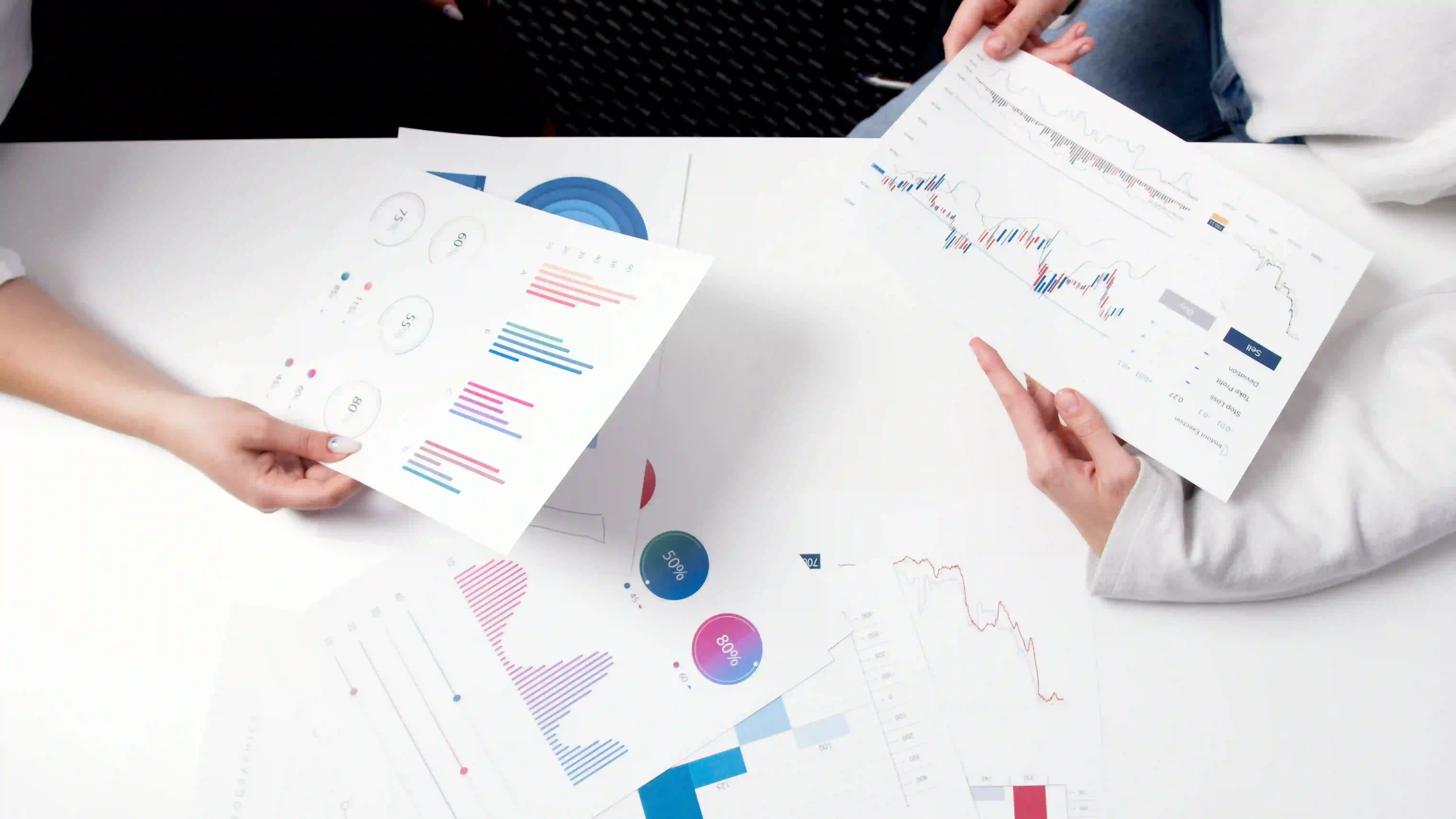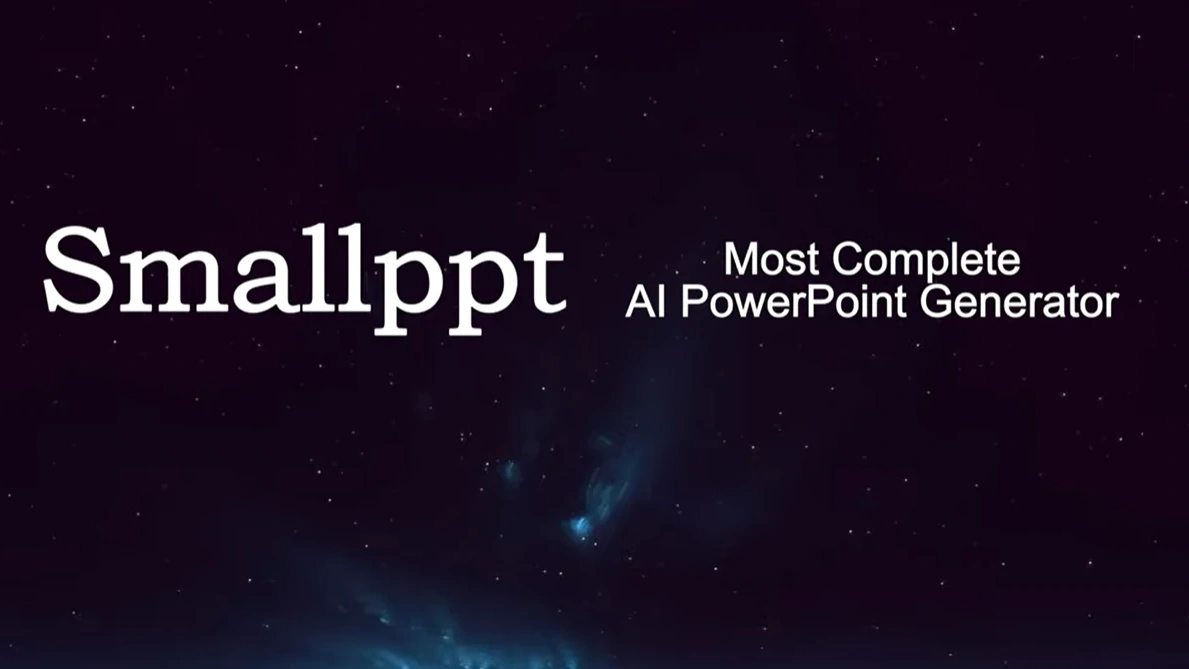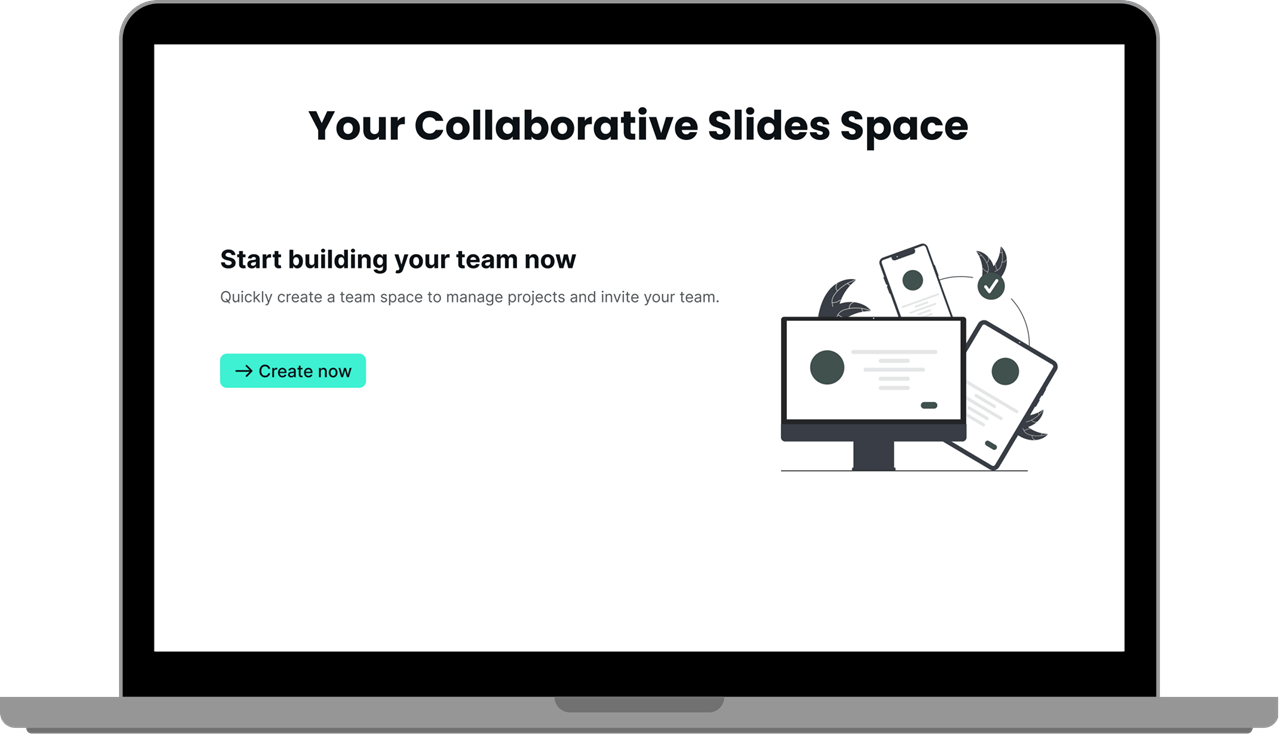
Mind mapping is an effective and efficient way of thinking, which is used in memory, learning, thinking, etc., and is conducive to the expansion of the human brain's diffusion of thinking. Mind mapping has been widely used around the world, Singapore's Ministry of Education has made mind mapping a compulsory subject in primary schools, and a large number of Fortune 500 companies are also learning mind mapping. There is no doubt that PPT office software is an effective tool for creating mind maps. Using the power of AI to create mind maps is also an efficient method. Smallppt, an AI PowerPoint generation tool, is also used to create a mind map. In this blog post, we'll look at the definition, features, types, and creation methods of mind maps.
What is a mind map?
A mind map visualizes ideas, concepts, or information organized around a central theme or topic. It typically starts with a central idea or keyword that is branched to related ideas or sub-themes, creating a hierarchical structure. Mind maps are used for brainstorming, note-taking, problem-solving, planning, and organizing information in a way that is easy to understand and remember. They can be created by hand or using various software tools designed for mind mapping.
The functions of a mind map:
1. Help organize and organize ideas. Mind mapping can transform the way of thinking into a visual form, to better clarify the thinking and build the thinking frame. Through mind mapping, we can decompose complex thinking content into different elements, and combine these elements according to different logical relations, while better understanding and organizing ideas.
2. Improve productivity. Mind mapping can help people access and process information more quickly, improving productivity. Through mind mapping, people can classify and sort information according to different categories and priorities, and better grasp the focus and key content of information, and complete work tasks faster.
3. Improve your learning. Mind mapping can help people better understand and remember knowledge content, thus improving learning results. Through mind mapping, we can classify and organize knowledge points according to different categories and relationships, and better understand knowledge content. At the same time, through mind mapping, we can better discover the links and logic between knowledge points. It also understands the entire knowledge system.
4. Enhance innovation capability. Mind mapping can help people find and solve problems better, thus enhancing their ability to innovate. Through mind mapping, we can decompose the problem into different elements, and combine these elements according to different logical relations, discover the root cause of the problem, and solve the problem. At the same time, mind mapping can also help us discover new thinking paths and solutions, thereby enhancing our ability to innovate.

Eight basic forms of mind map:
1. Central theme type. This form is centered on a central theme, from which multiple related subthemes branch out. The central theme acts as the core of the overall mind map, while the subthemes represent aspects or details related to the central theme.
2. Left and right structure. In the left-right structure, topics are arranged from left to right and can be used to compare and contrast different ideas or things.
3. Tree structure type. The tree structure is similar to a family tree, showing the relationships between topics through branches and hierarchical relationships.
4. The fishbone type, also known as the "cause-and-effect diagram." The fishbone model centers on the core problem from which multiple causes and solutions branch.
5. Timeline type. In the timeline type, topics are arranged in chronological order and can be used to show a timeline and progress.
6. Ring structure. The ring structure arranges the theme around a central point to form a closed-loop structure.
7. Frame structure type. In framing, topics are placed within a framework and can be used to demonstrate concepts and frameworks.
8. Free form. In free form, the user can arrange topics and branches as needed.
What does a mind map use for?
1. Take notes. Using a mind map to make notes can overcome the shortcomings of traditional notes, such as scattered focus, difficulty to remember, not easy to modify, etc., suitable for drawing reading notes, study notes, knowledge points, meeting minutes, and other usage scenarios.
2. Gather inspiration. The use of mind mapping can fully divergent thinking and organize fragmented inspiration into systematic knowledge and creativity. It's suitable for brainstorming, creative collection, writing outlines, and other use scenarios.
3. Task management. It can improve efficiency and monitor the progress of tasks by using mind maps to list and clarify tasks, staff assignments, schedules, etc. It is suitable for project management, time management, and other use scenarios.
4. Create reports. Compared with traditional Word, PPT, and other methods, mind mapping is more concise and logical, and is suitable for speech, work reports, and other scenarios.
5. Planning. Mind maps can also be used for user analysis, market research, planning, etc., suitable for event planning, wedding planning, and other use scenarios.
6. Analysis and summary. Using the way of mind mapping to arrange the framework, get a clear structure, and a clear level of content, more convenient for us to understand and remember, very suitable for analysis and summarizing suitable product analysis, review annual summarizing, and other uses.
7. Presentation delivery: During the presentation, the presenter navigates through the mind map with the help of presentation software or by manually zooming in and out of different sections. They explain each branch of the mind map, providing additional details, examples, and explanations as needed.

Using Microsoft PowerPoint to make a mind map:
1. Insert a Shape in your slide: Go to the "Insert" tab on the PowerPoint ribbon. Then click on "Shapes" and select a shape you want to use as the central topic of your mind map. Click the shape you choose and drag on the slide to draw the shape.
2. Add Text into the shapes: Double-click inside the shape to add the main topic of your mind map. Then you can also resize the shape to fit the text better by clicking and dragging its handles.
3. Insert Subtopics: Repeat the process of inserting shapes. Position the new shapes around the central topic shape to represent subtopics, so that you can add subtopics.
4. Connect Shapes: Use connector lines to visually connect the main topic shape to its subtopic shapes. Go to the "Insert" tab, click on "Shapes," and select a connector line. Then click on the starting shape and drag the connector to the ending shape to create a connection.
5. Customize and Format: You can customize the appearance of shapes and connector lines using the formatting options in PowerPoint. By changing the colors, fill effects, line styles, and other properties, you could make your mind map visually appealing.
Using Smallppt to generate a mind map:
1. Register a Smallppt account and select AI mind. After registering the account, the user can select the mind map generation page for the next step.
2. Enter a topic. After the user enters a theme in the build box, Smallppt generates the relevant mind map.
3. Modify and confirm. Based on the AI-generated mind map, users can make regeneration or modifications to the theme content. Save after confirmation.

Smallppt's AI PowerPoint transforms the tedious task of creating presentations into a seamless and enjoyable process. By creating an AI PPT, Smallppt provides a captivating AI slide deck to the presenter. Making PowerPoint presentations with AI become a new trend. Smallppt makes the tedious task of creating presentations seamless and fun. With a focus on design, content, and collaboration, Smallppt ensures that professionals can effortlessly create presentations that leave a lasting impression.


